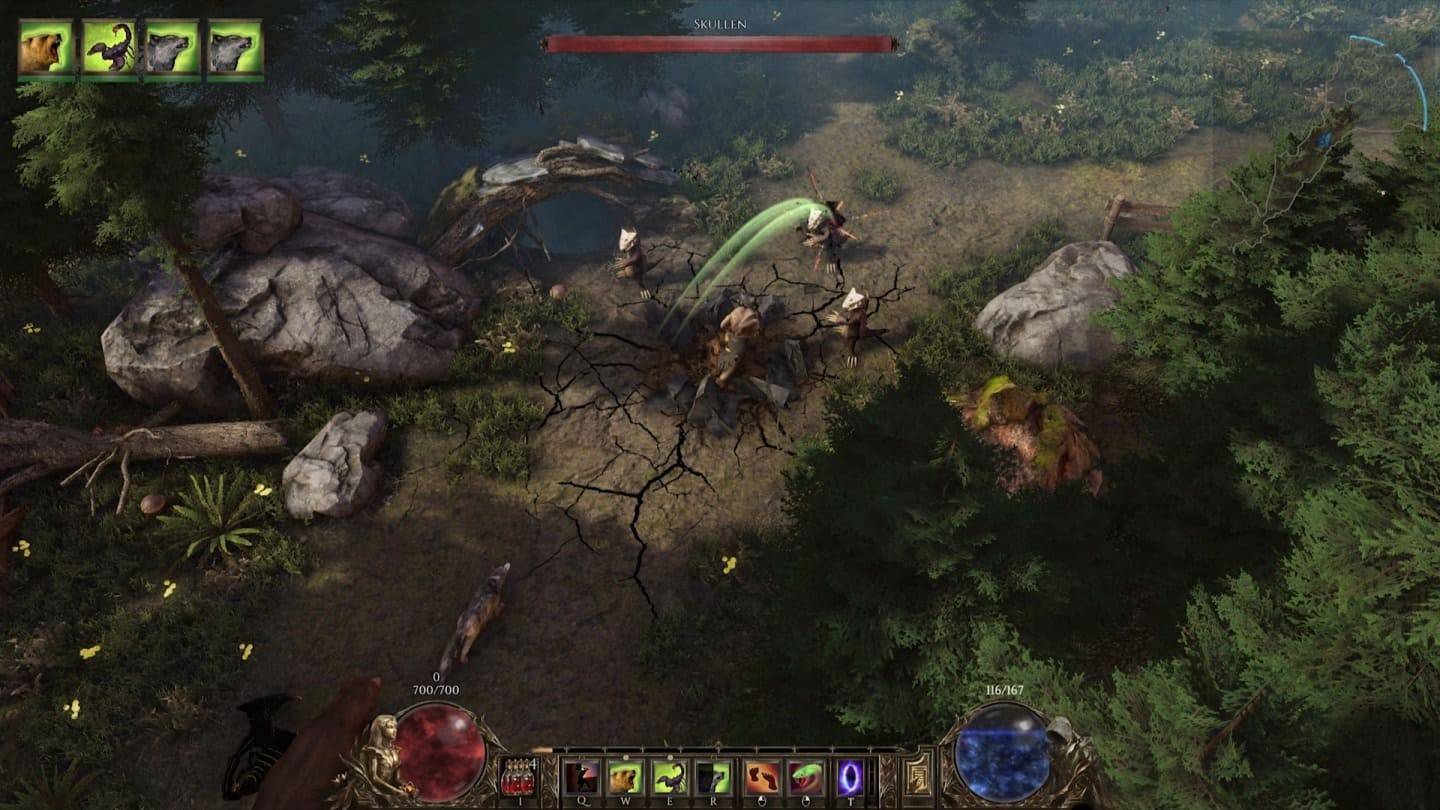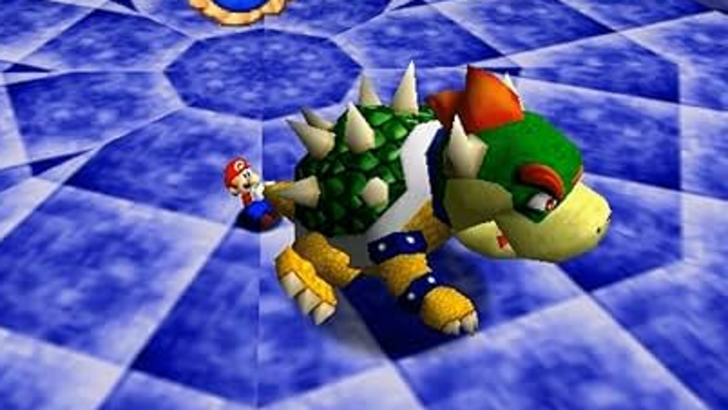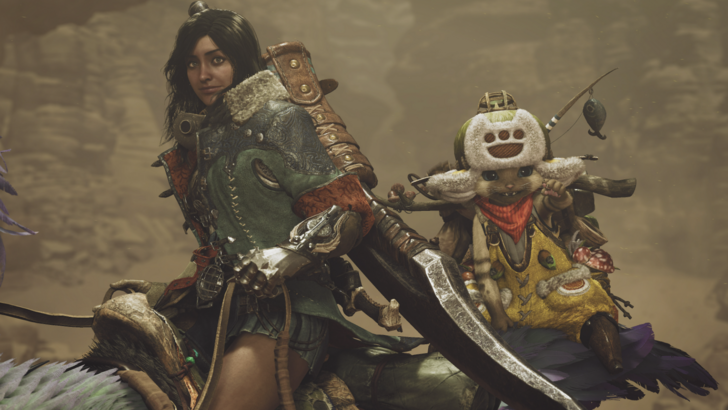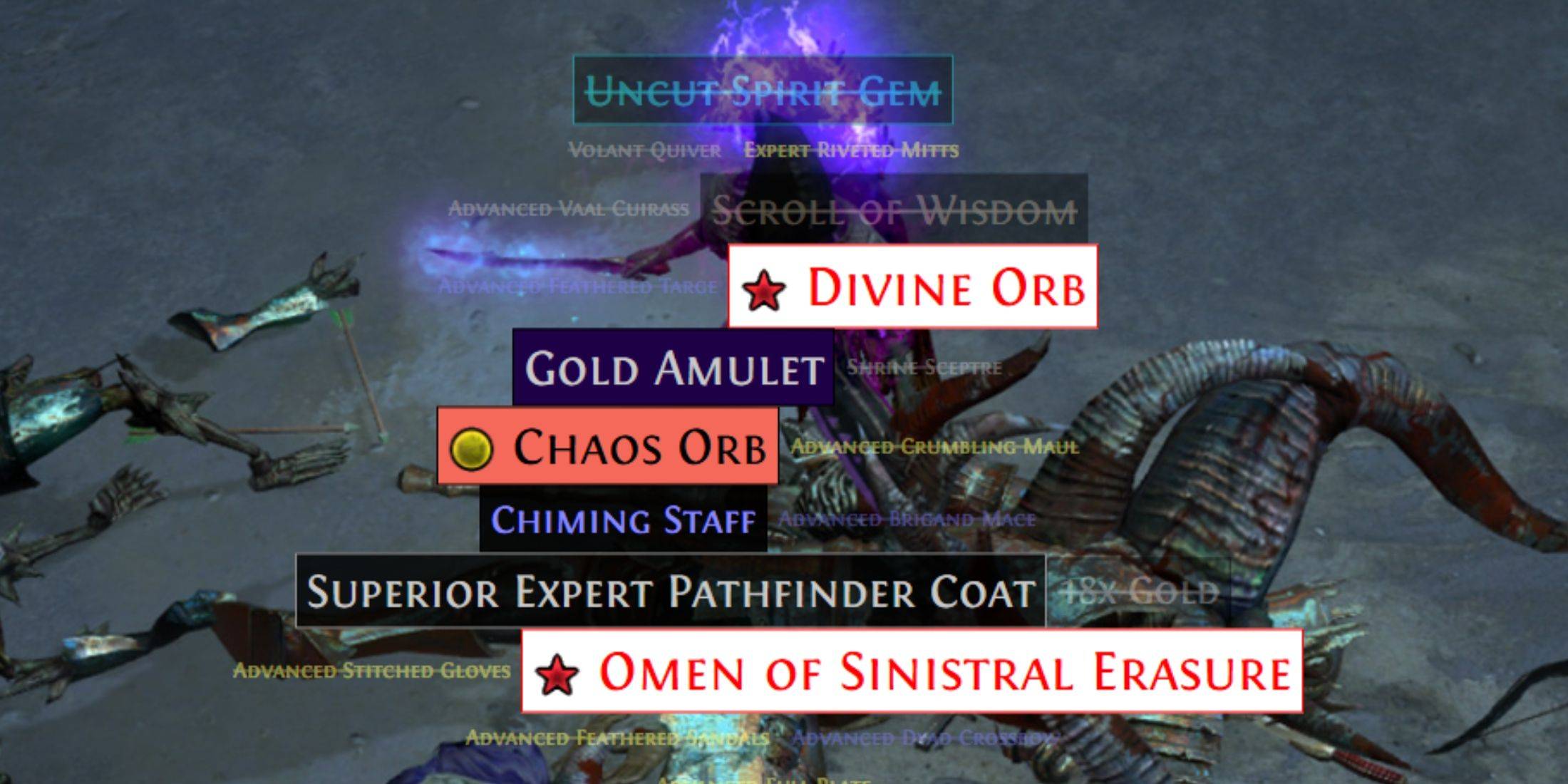Doom's enduring connection to metal music is undeniable. A single note from any Doom soundtrack instantly evokes the series' demonic imagery, mirroring the aesthetic of bands like Iron Maiden. This symbiotic relationship has evolved alongside the game's gameplay, both reinventing themselves over three decades. From thrash metal origins, Doom has embraced various metal subgenres, culminating in the metalcore intensity of Doom: The Dark Ages.
The original 1993 Doom's soundtrack drew heavily from late 80s and early 90s metal giants like Pantera and Alice in Chains. Co-creator John Romero's influence is evident, with tracks like "Untitled" (E3M1: Hell Keep) echoing Pantera's "Mouth of War." The overall score borrowed from thrash metal, channeling the energy of Metallica and Anthrax. This driving sound perfectly complemented the game's fast-paced action, mirroring the urgency of thrash's rhythmic assault. Composer Bobby Prince's soundtrack remains iconic, perfectly synchronized with the game's unforgettable gunplay.
Doom: The Dark Ages - Gameplay Screenshots
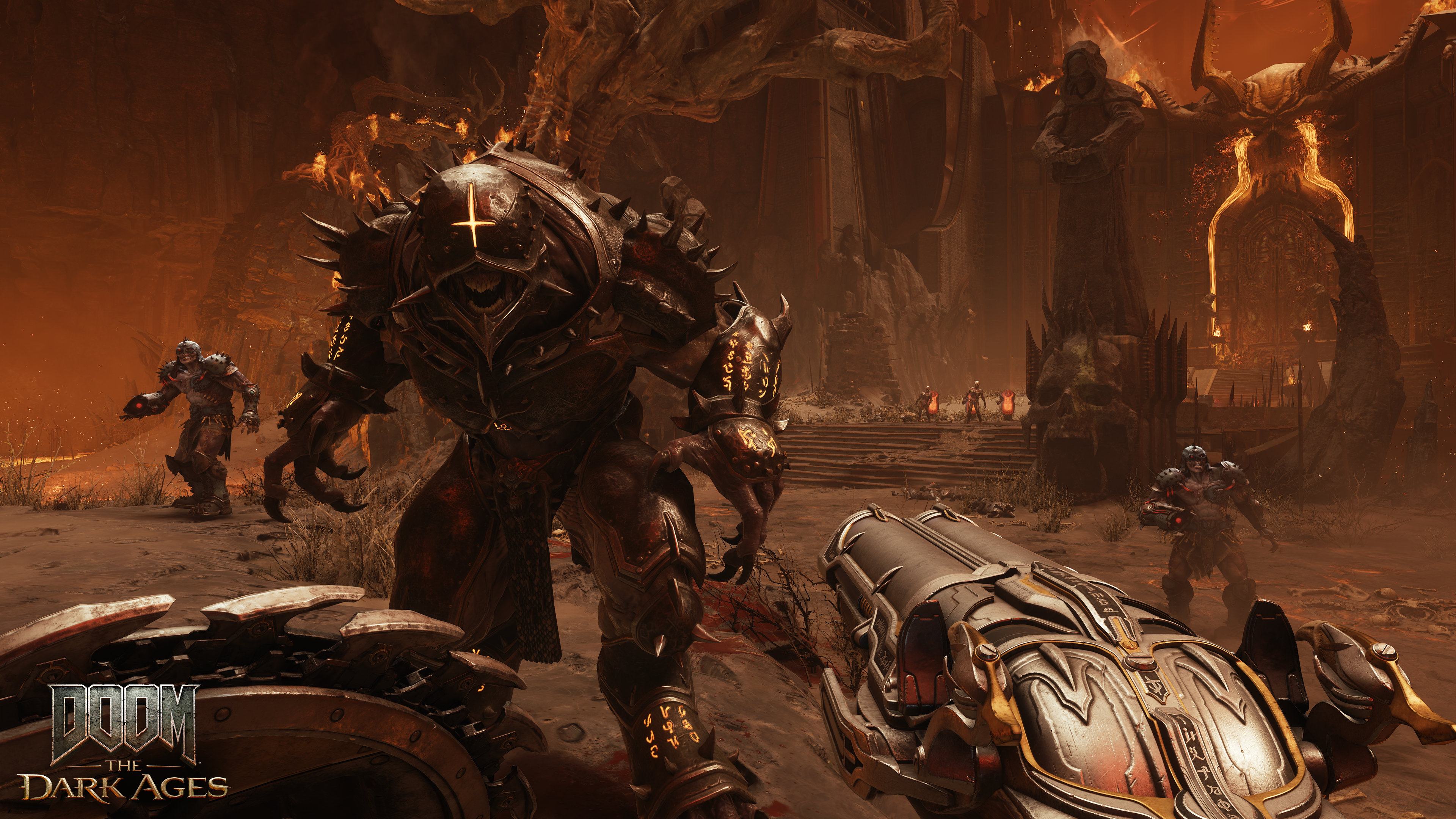




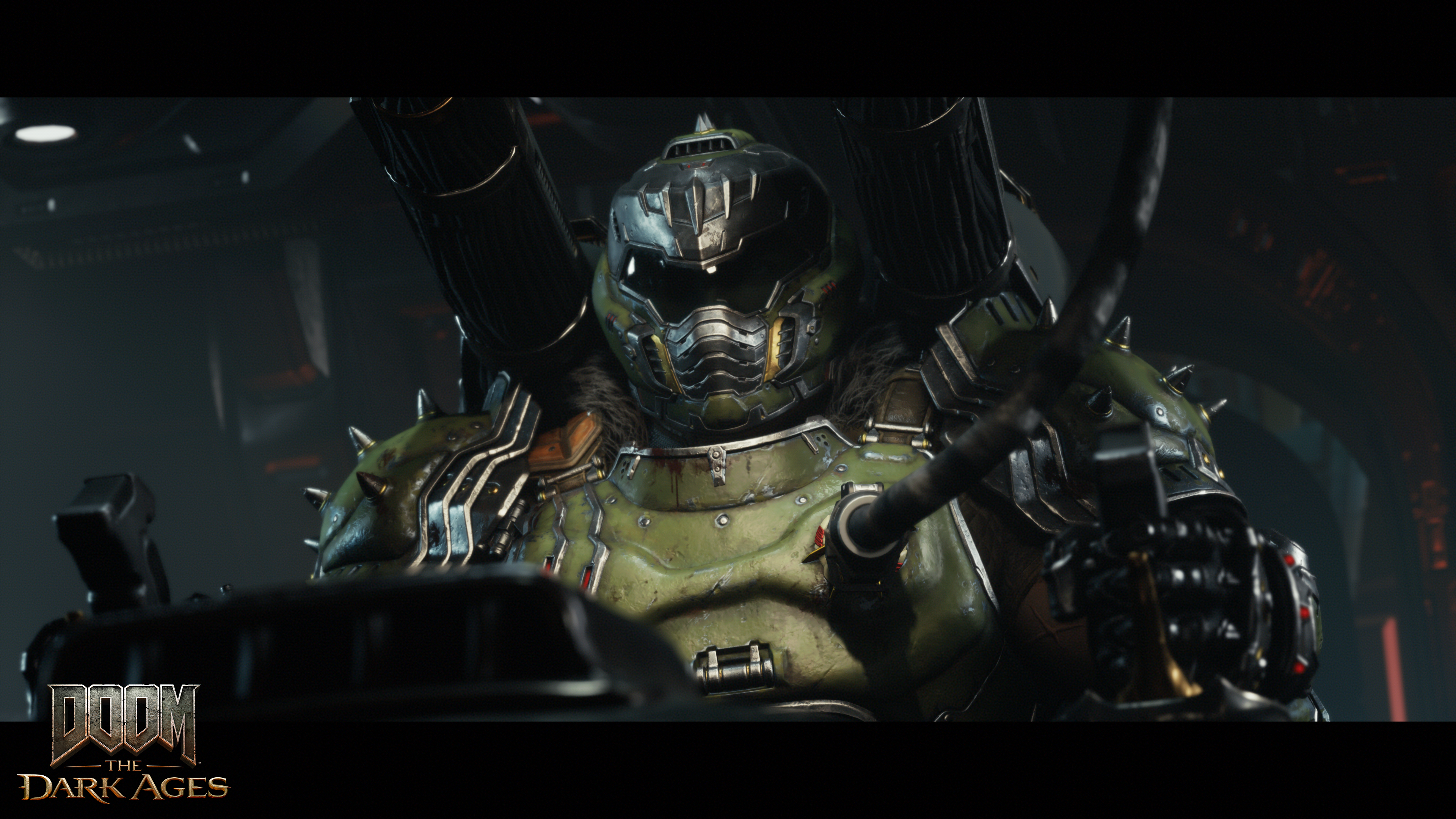
For over a decade, Doom maintained this musical style. Then, 2004's experimental Doom 3 arrived. This survival horror-inspired entry took risks, some controversial (like the flashlight mechanic). However, its slower pace demanded a new sonic direction, leading id Software to explore different influences.
Doom 3's main theme resonates with Tool's Lateralus. While Trent Reznor's involvement was initially considered, Chris Vrenna (former Nine Inch Nails member) and Clint Walsh ultimately composed the soundtrack. Their work mirrors Tool's style, creating an unsettling soundscape perfectly suited to the game's atmosphere.
Doom 3's success was undeniable, yet its survival horror elements stand out in the series. The early 2000s saw FPS games evolve, with Call of Duty and Halo defining the console shooter landscape. Doom adapted, mirroring the metal scene's evolution. While nu-metal’s influence could have been interesting, the Tool-inspired direction proved successful. Doom 3, while not a classic like Lateralus, remains a noteworthy experiment with a fitting soundtrack.
After a development hiatus, Doom (2016) revitalized the franchise. Directors Marty Stratton and Hugo Martin embraced the series' original momentum. Composer Mick Gordon created a powerful soundtrack, layering sub-bass and white noise for a visceral experience, even surpassing the original in many fans' opinions. The soundtrack, essentially a djent album, perfectly complemented the game's frenetic pace.
Doom Eternal (2020), while featuring Gordon's work, faced production complexities, resulting in a soundtrack with unclear authorship. Despite this, the music feels like an evolution of Doom (2016), incorporating metalcore elements prevalent in the late 2010s and early 2020s. Gordon's work with Bring Me the Horizon and Architects is reflected in Eternal's score, adding electronic flourishes to the heavier soundscapes. While heavy, it’s slightly less intense than its predecessor, mirroring the game's added platforming and puzzle elements.
Personally, I prefer Doom (2016) to Eternal, akin to preferring the rawer sound of some metal bands’ earlier works. Eternal, while excellent and innovative, doesn't quite resonate the same way. However, many disagree, appreciating its risk-taking approach.
Doom: The Dark Ages occupies a fascinating position. The Xbox Developer Direct showcased its revamped combat, hinting at a fittingly intense soundtrack. Composers Finishing Move (Borderlands 3 and The Callisto Protocol) seem to draw inspiration from both classic and modern metal, mirroring the game's blend of classic Doom elements and new mechanics.
The Dark Ages' slower pace, coupled with the new shield-based combat, encourages direct confrontation. This evokes the original Doom's corridor-based encounters, but on a grander scale, featuring mechs and dragons. This requires a flexible soundtrack—something both heavy and dynamic, capable of handling intense battles and aerial maneuvers.
The soundtrack's seismic breakdowns and half-time sections resemble Knocked Loose's style, while thrash-like moments echo the original Doom and earlier metal's fantastical themes. The Dark Ages builds upon previous Doom entries and broader influences. The addition of mythological creatures and mechs is a welcome surprise, possibly influenced by Titanfall 2's design. This evolution mirrors modern metal's experimentation, incorporating electronic, hip-hop, or even reggaeton elements.
It's an exciting time for both metal and Doom fans. The Dark Ages promises thrills, with combat taking center stage and the soundtrack serving as atmospheric backdrop. While we've only seen glimpses, the potential for a new favorite metal album accompanying the game is high.

 Latest Downloads
Latest Downloads
 Downlaod
Downlaod
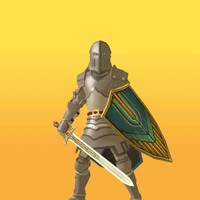



 Top News
Top News